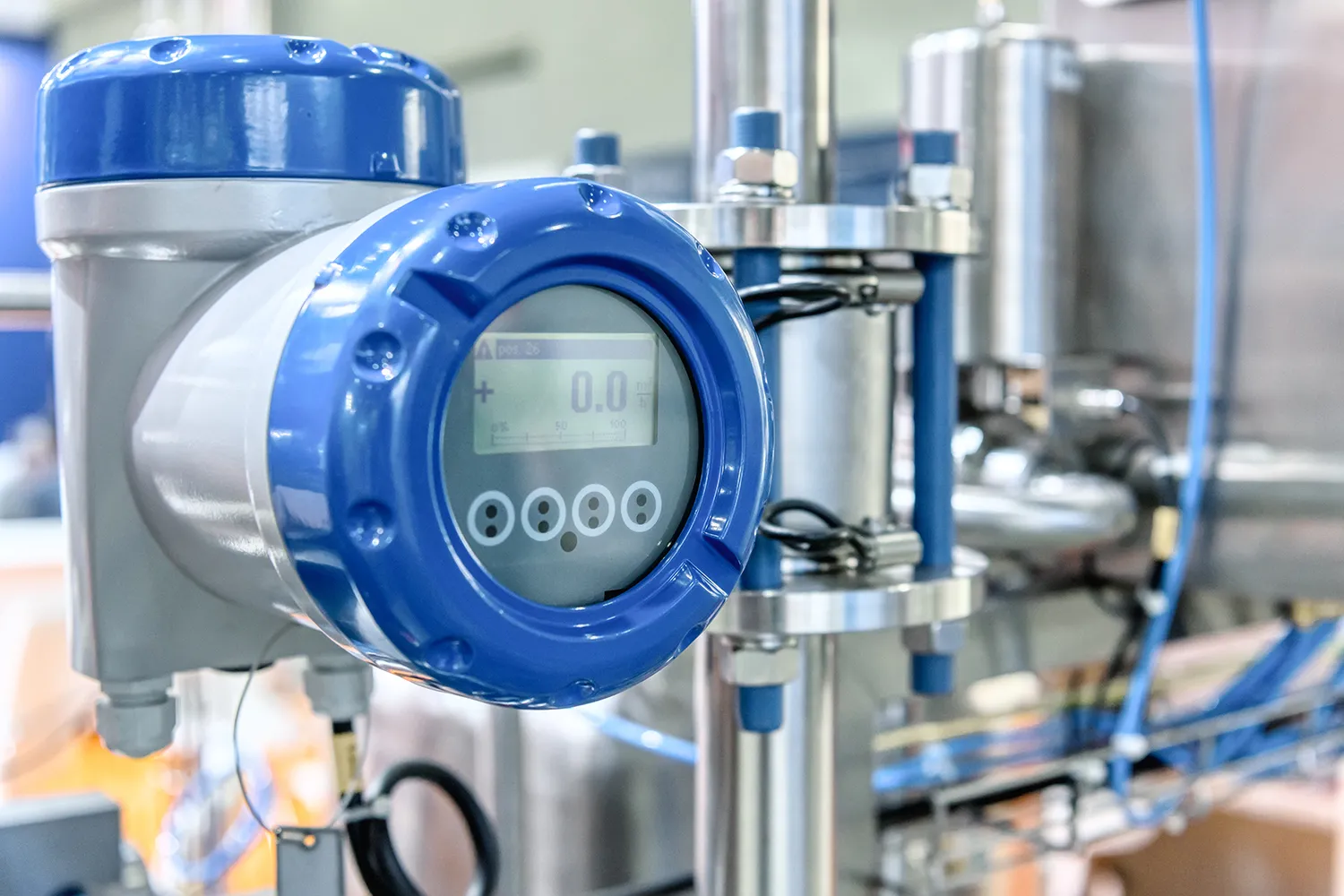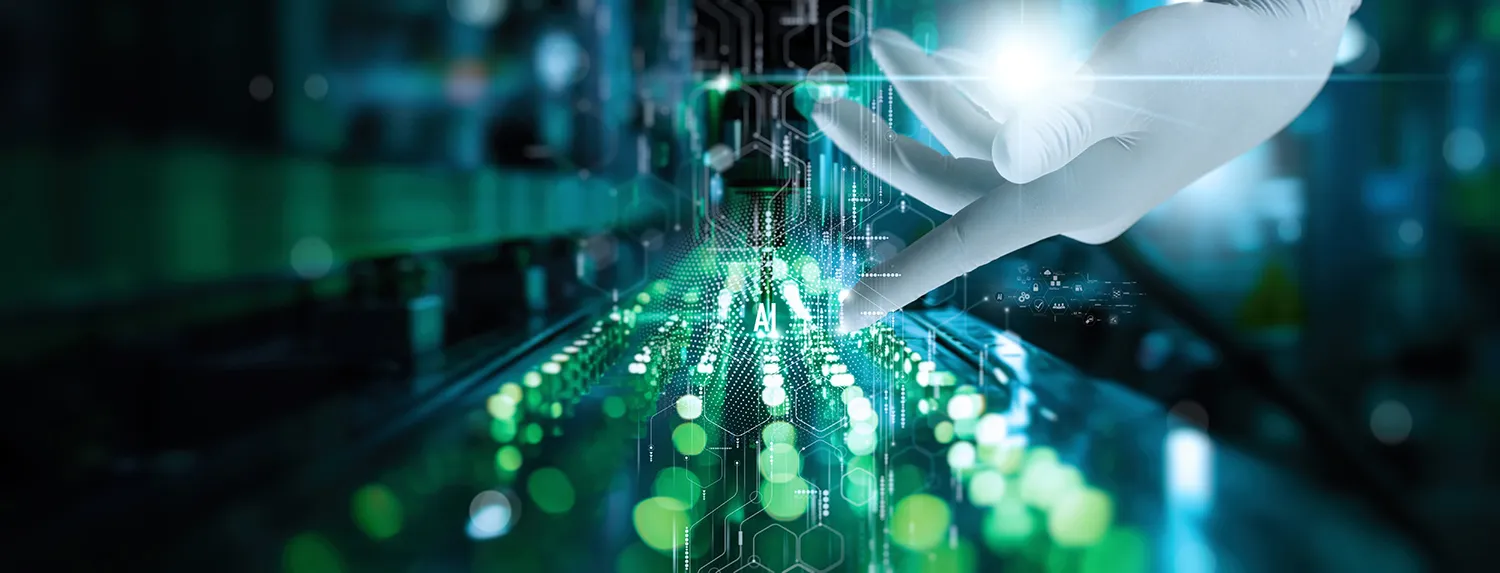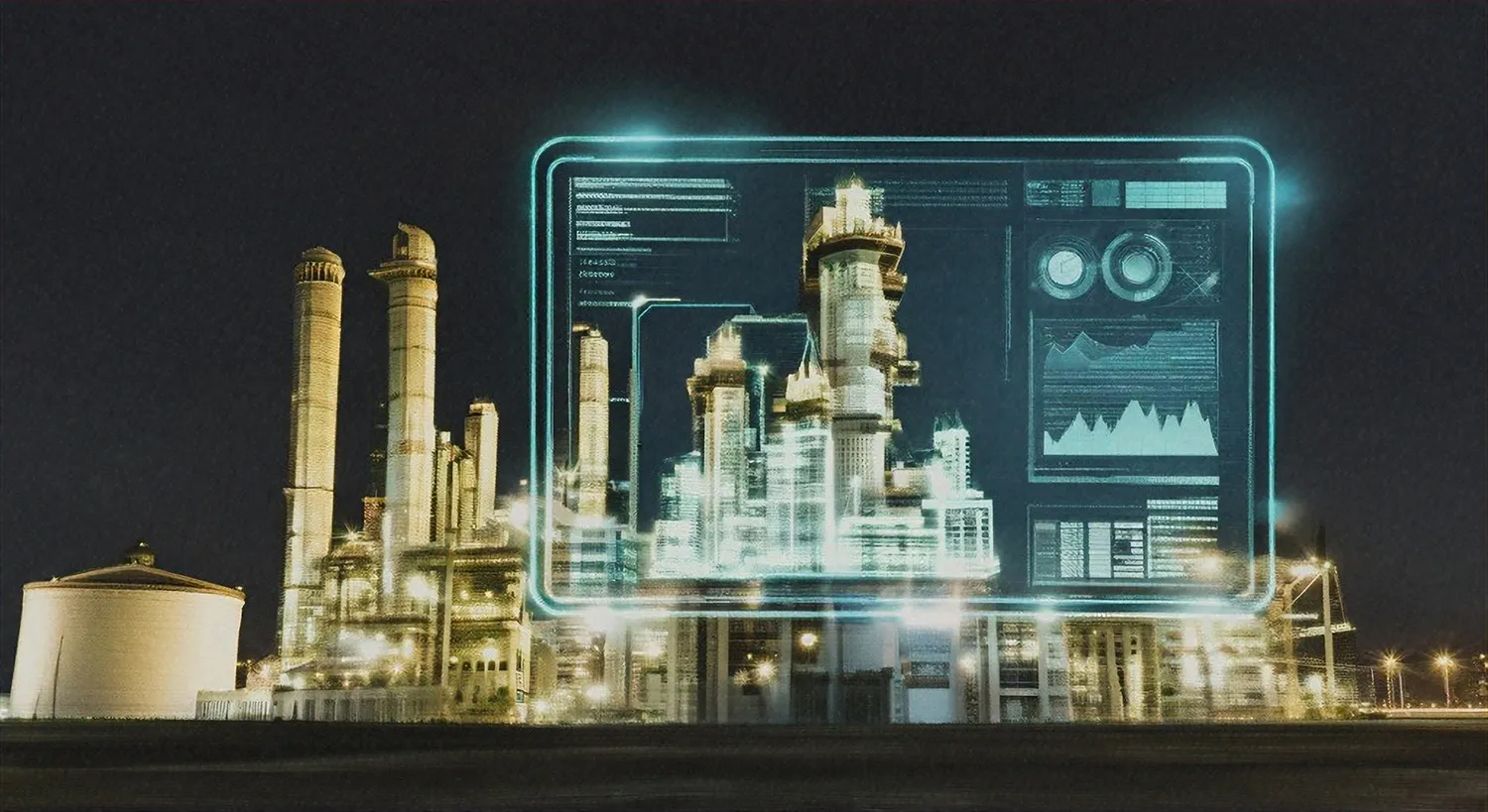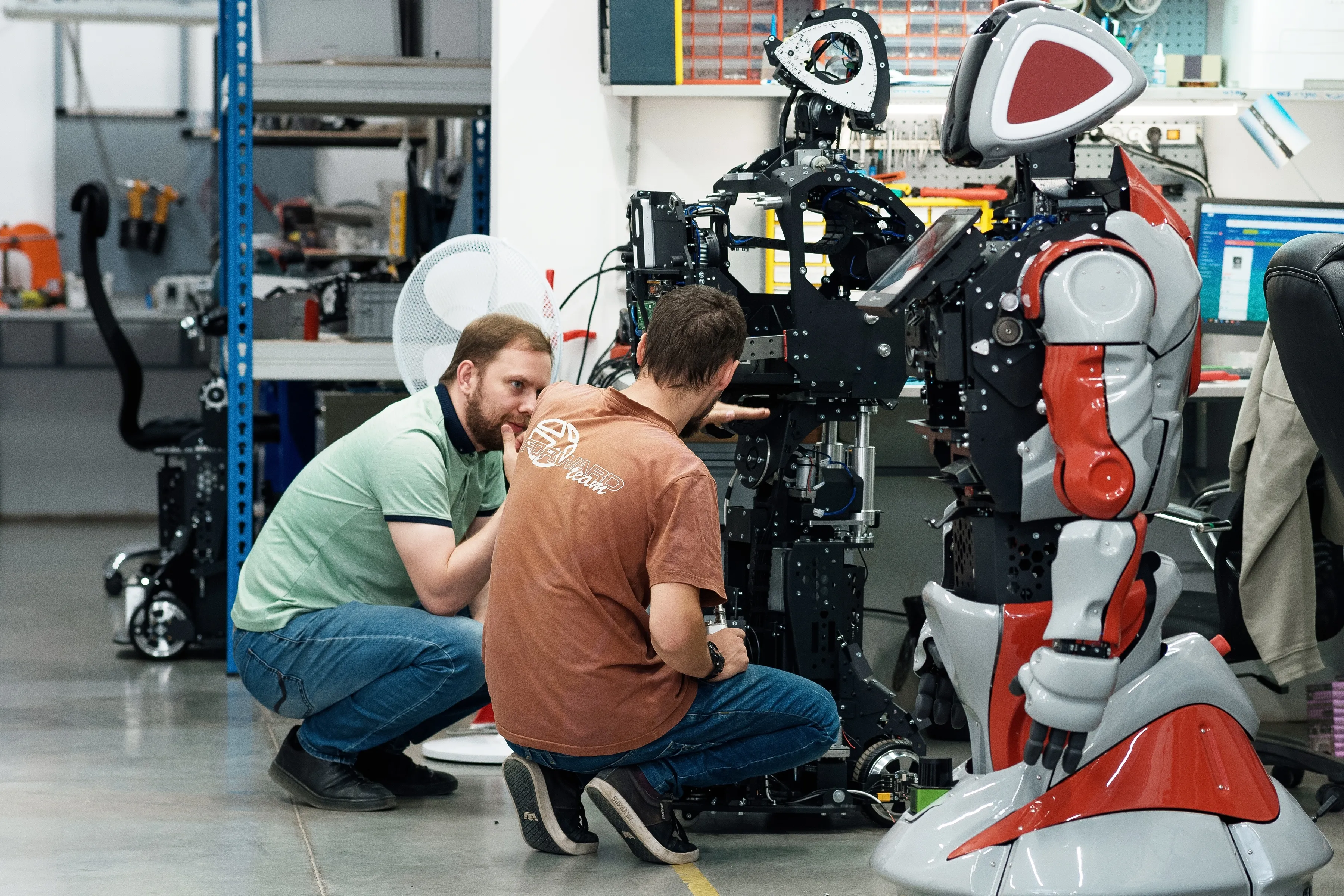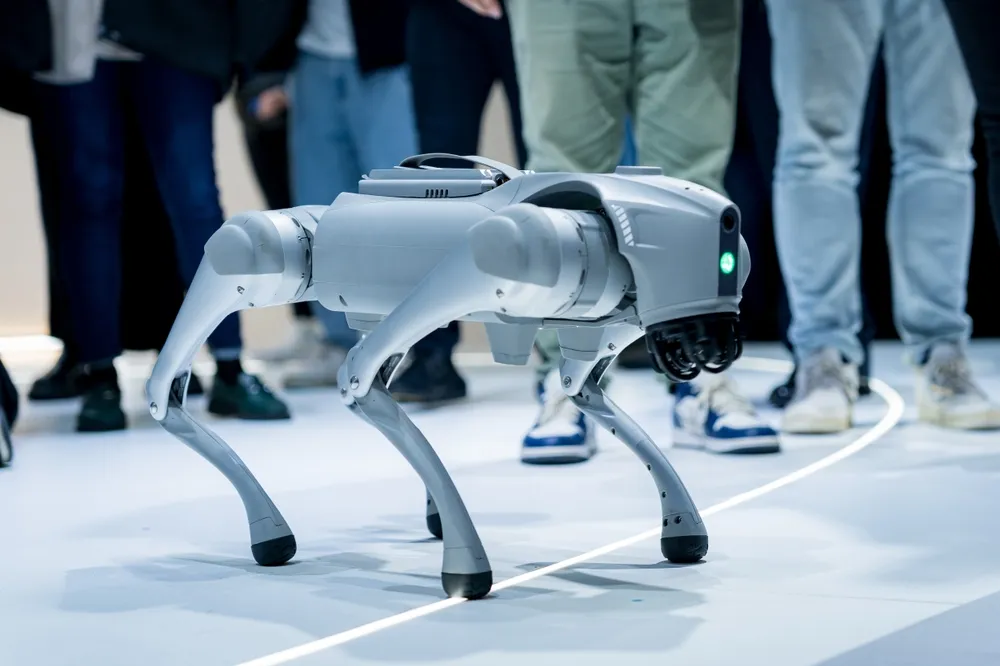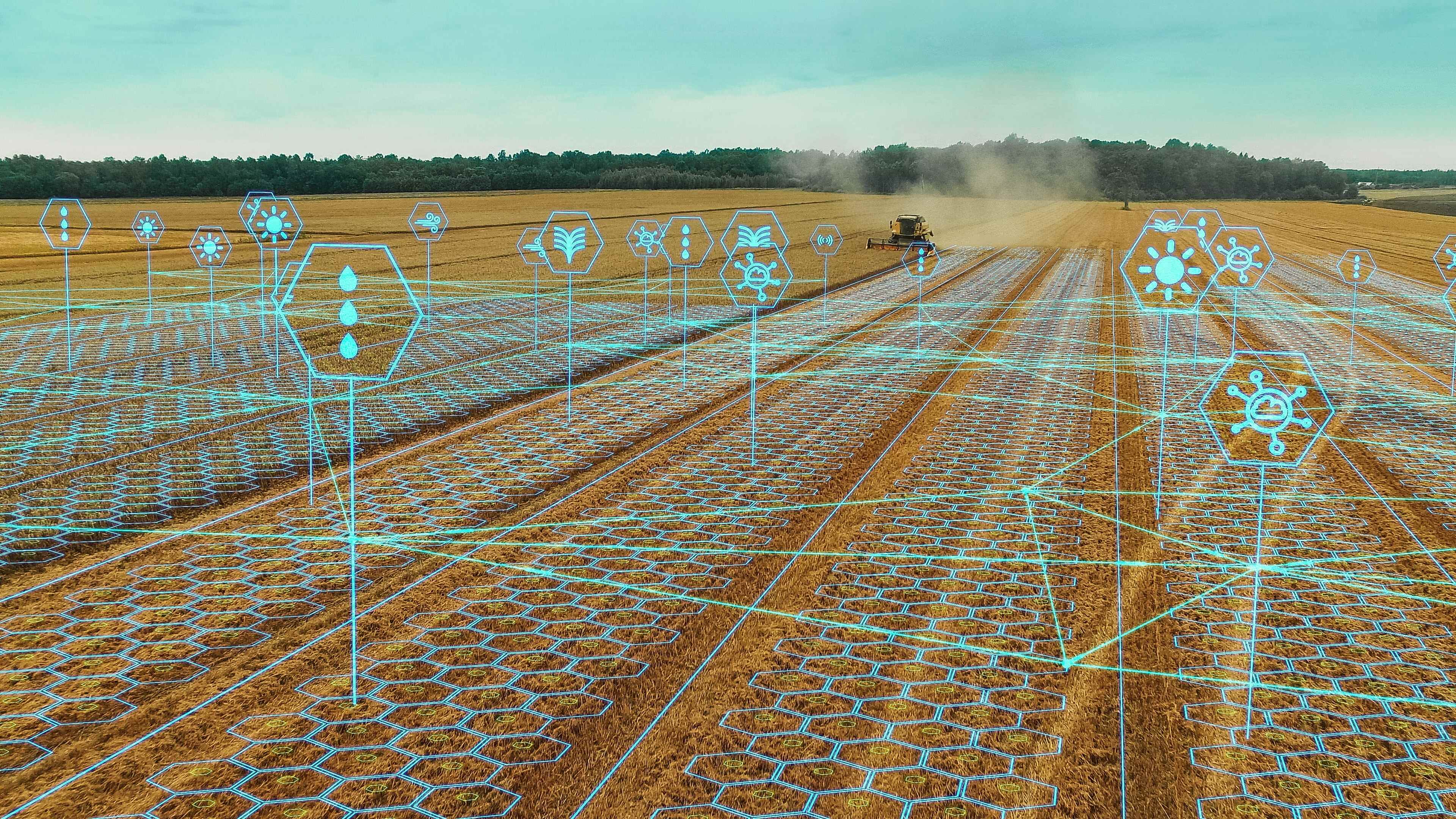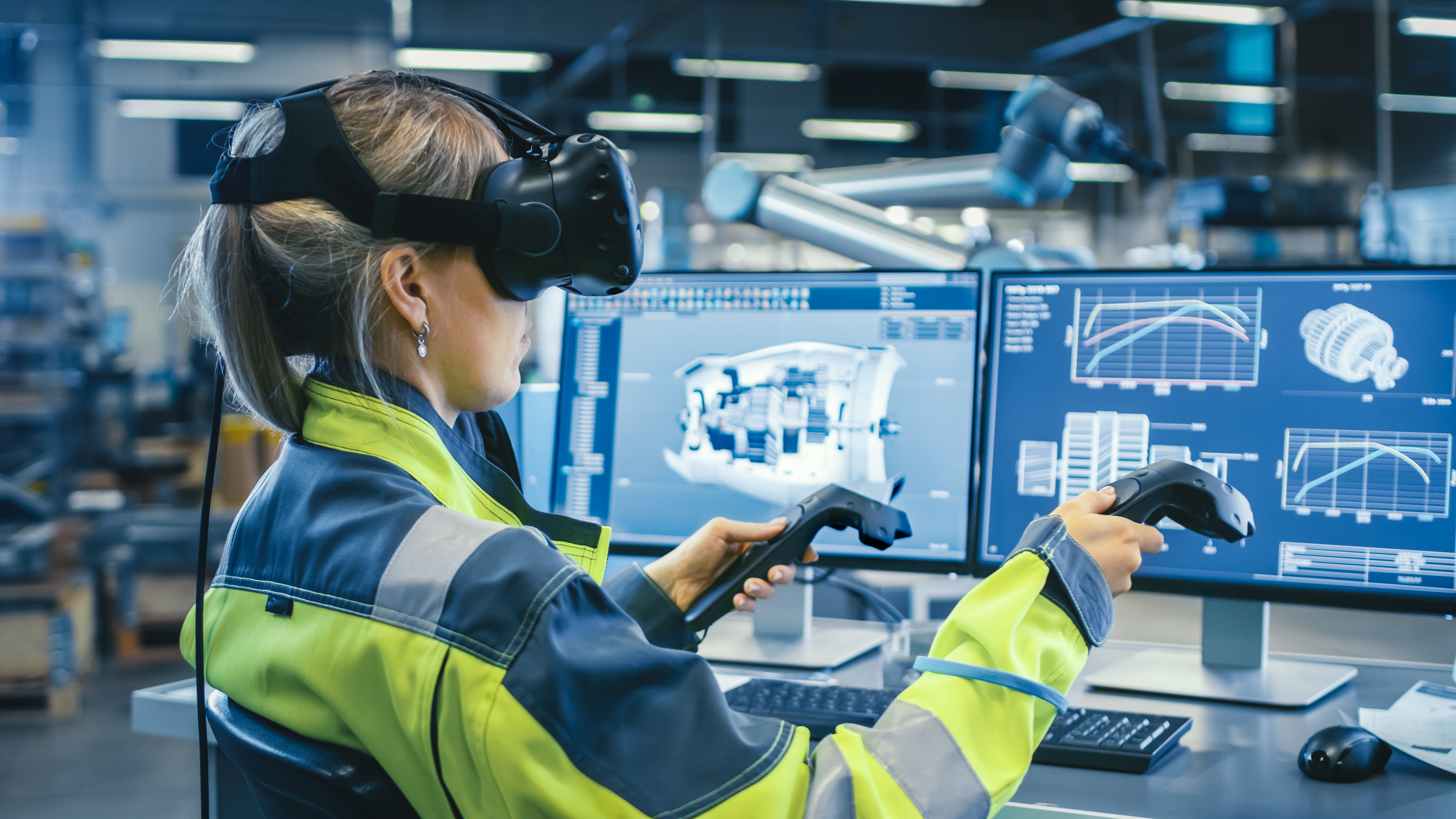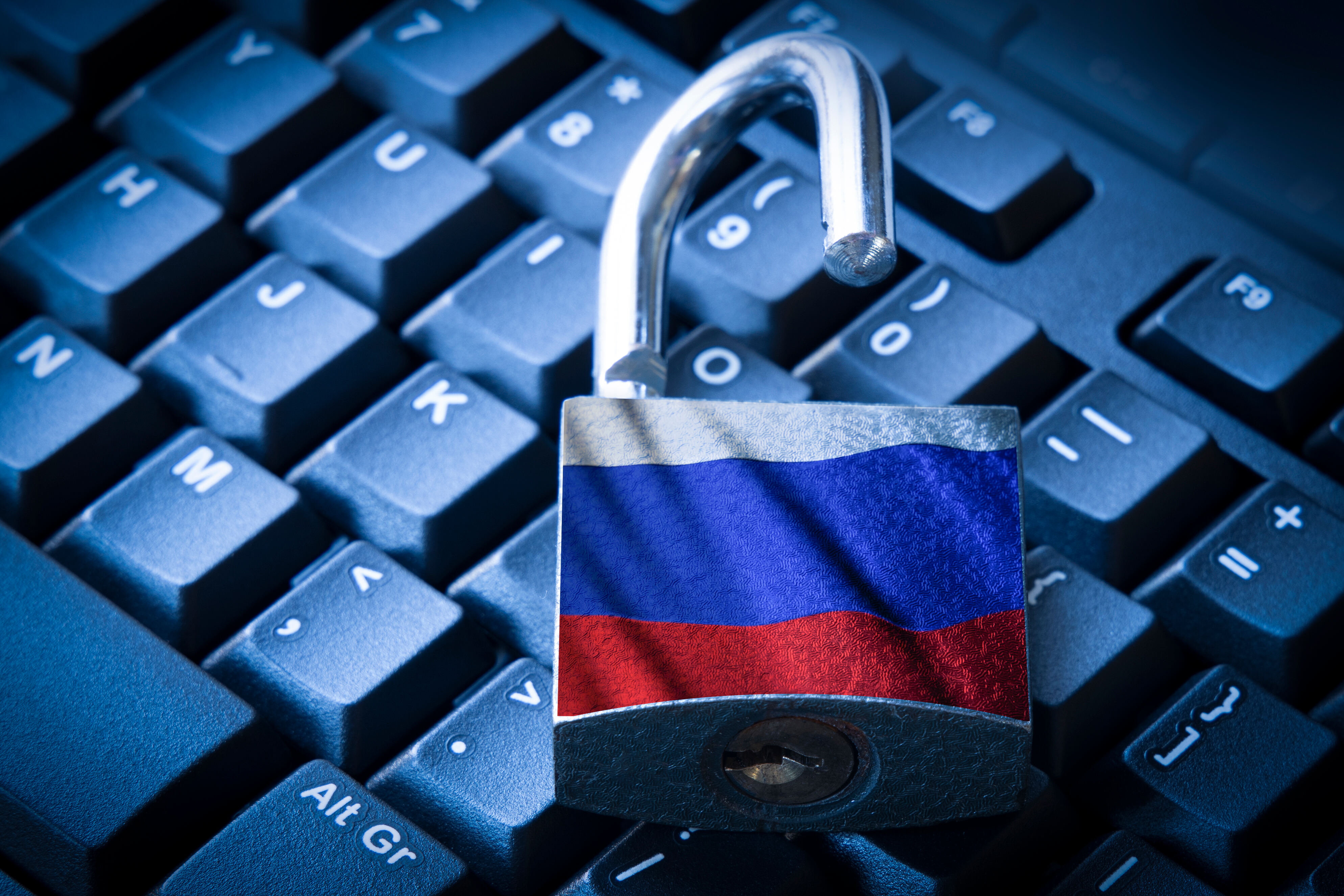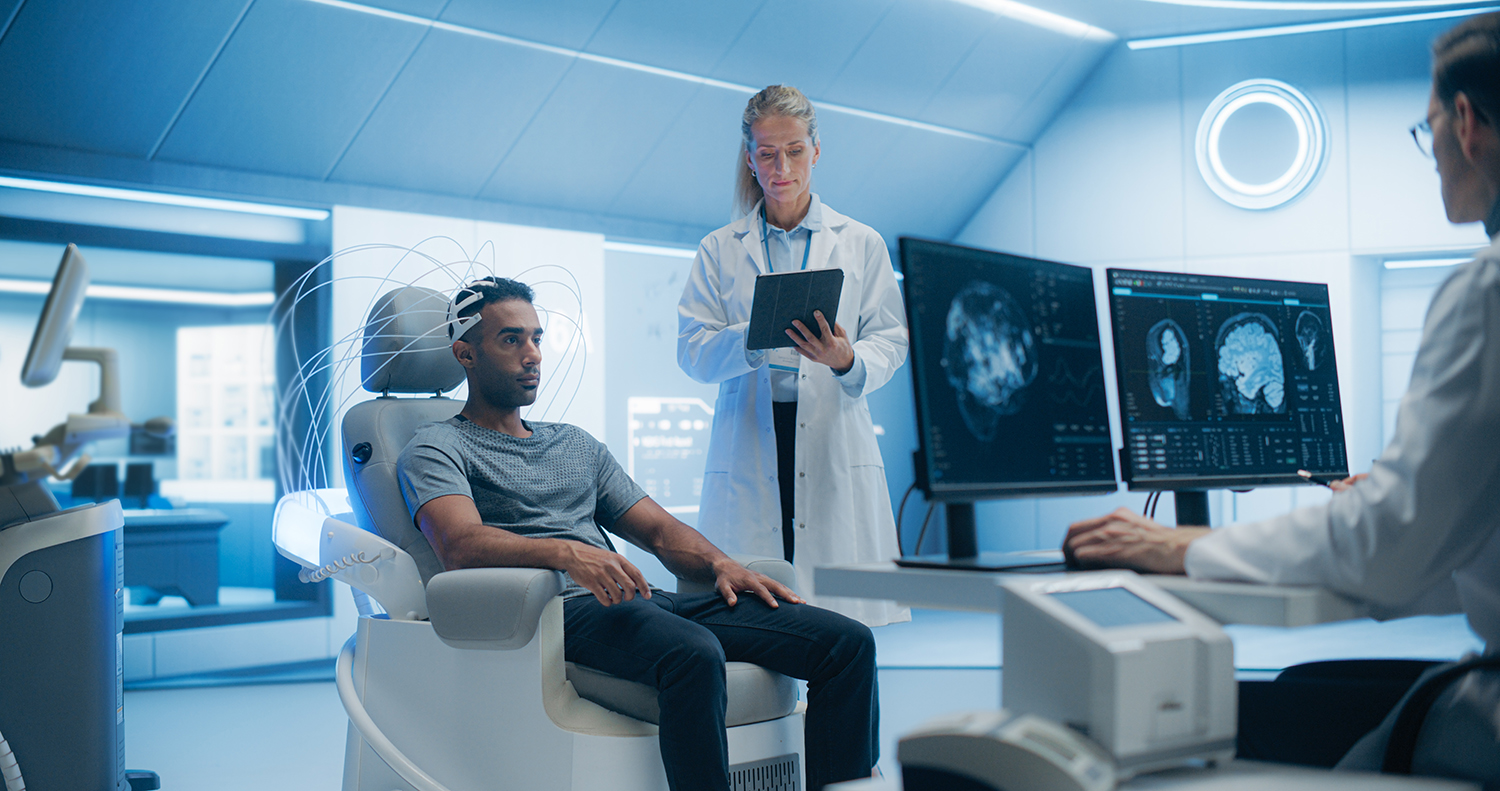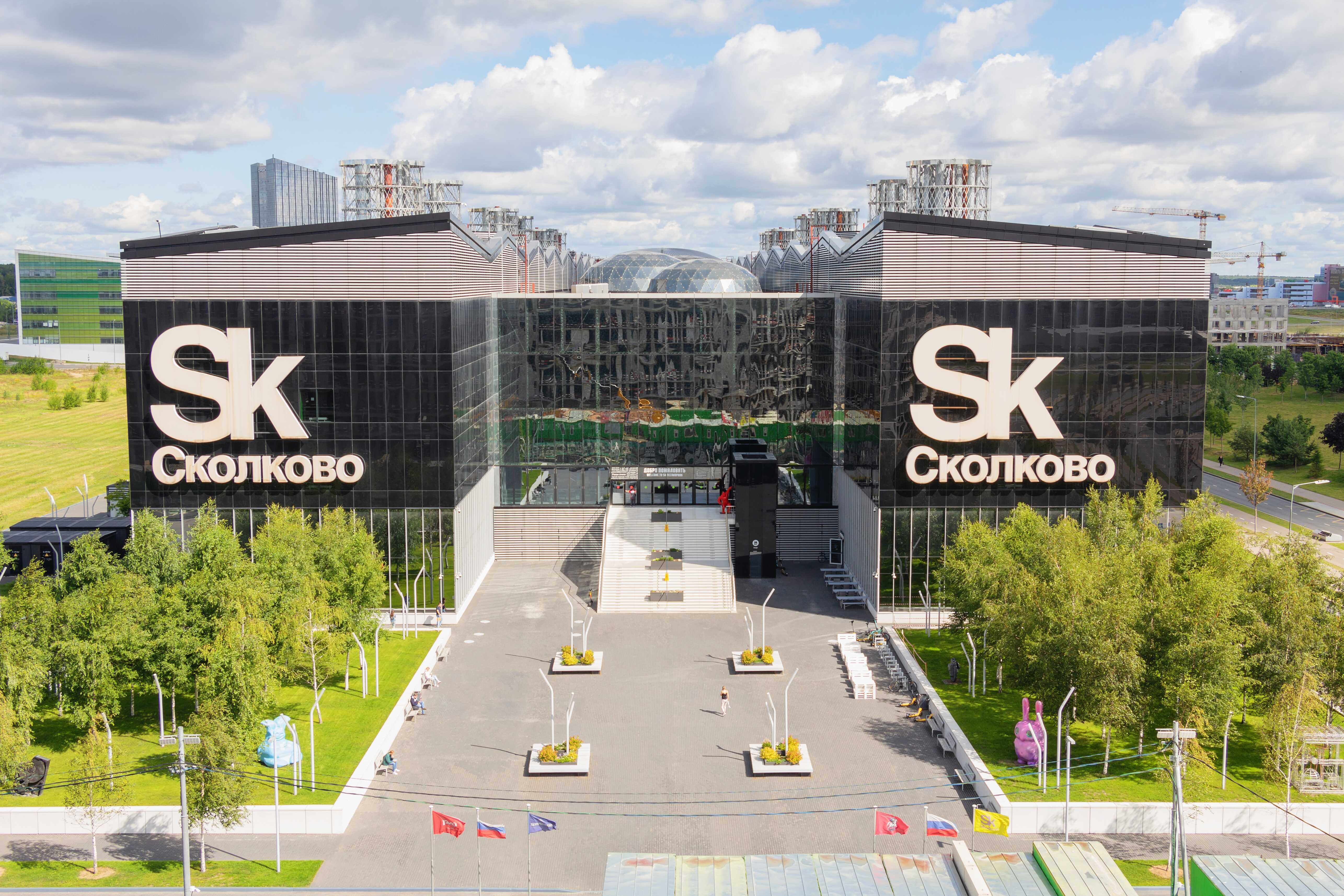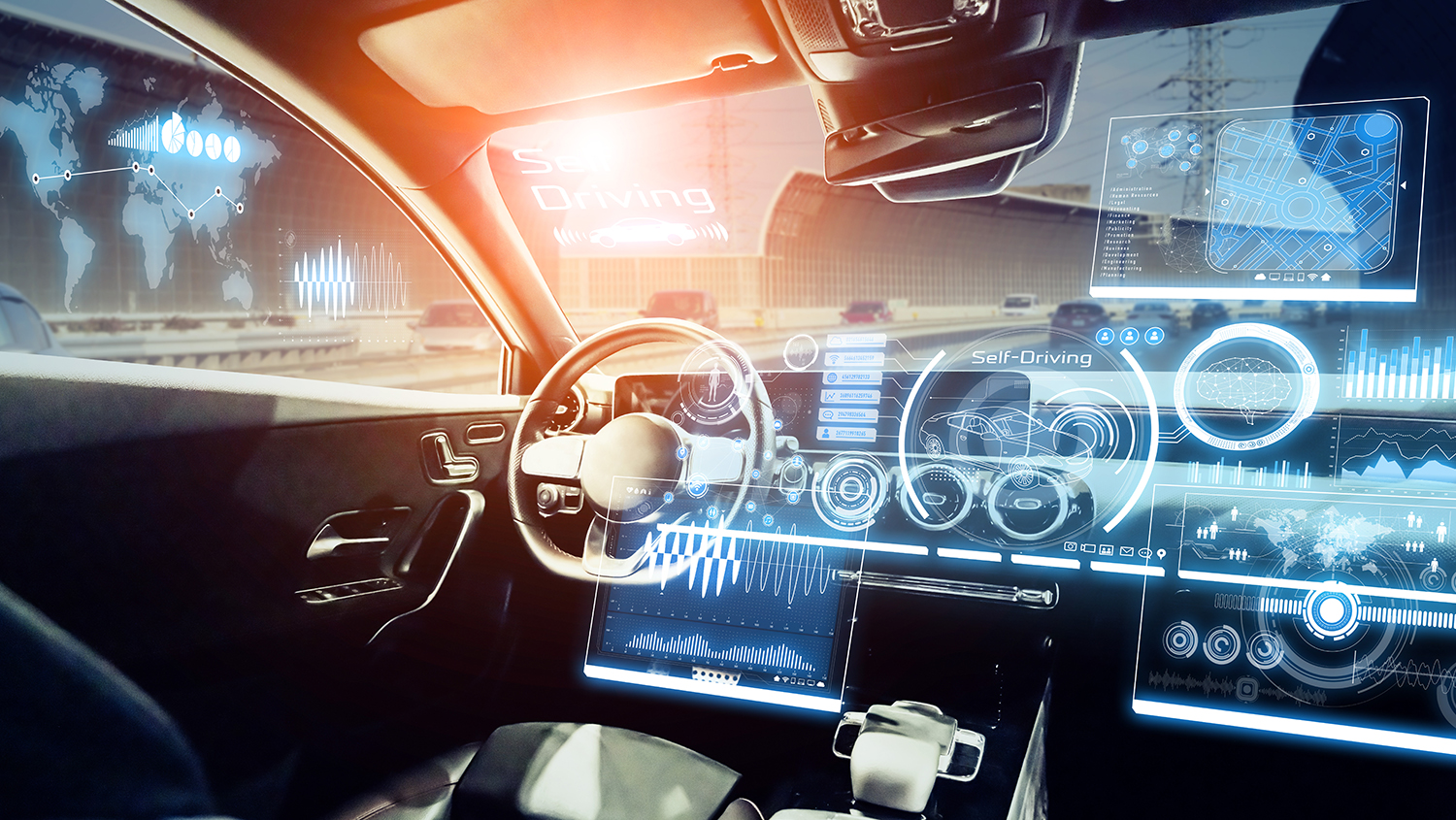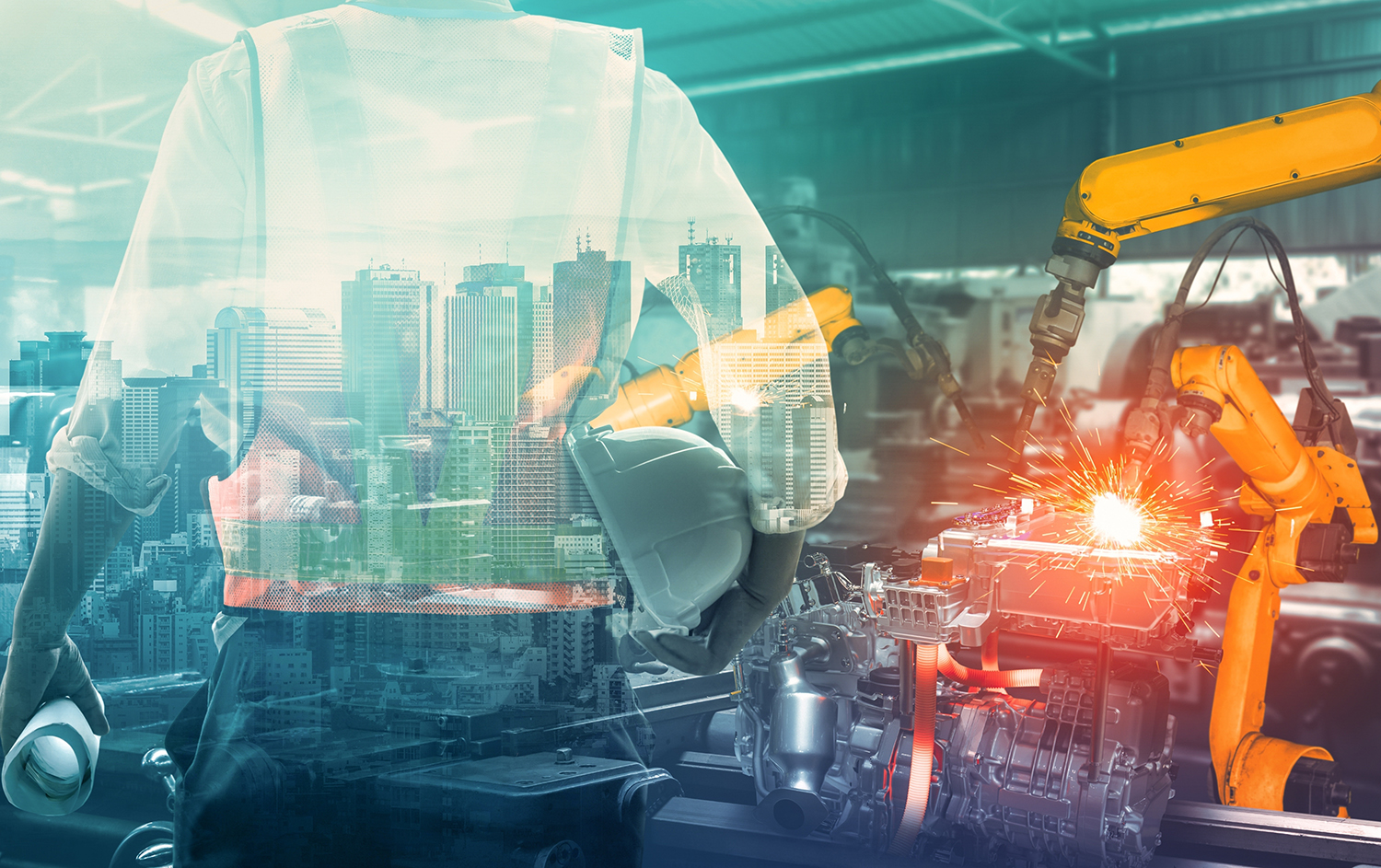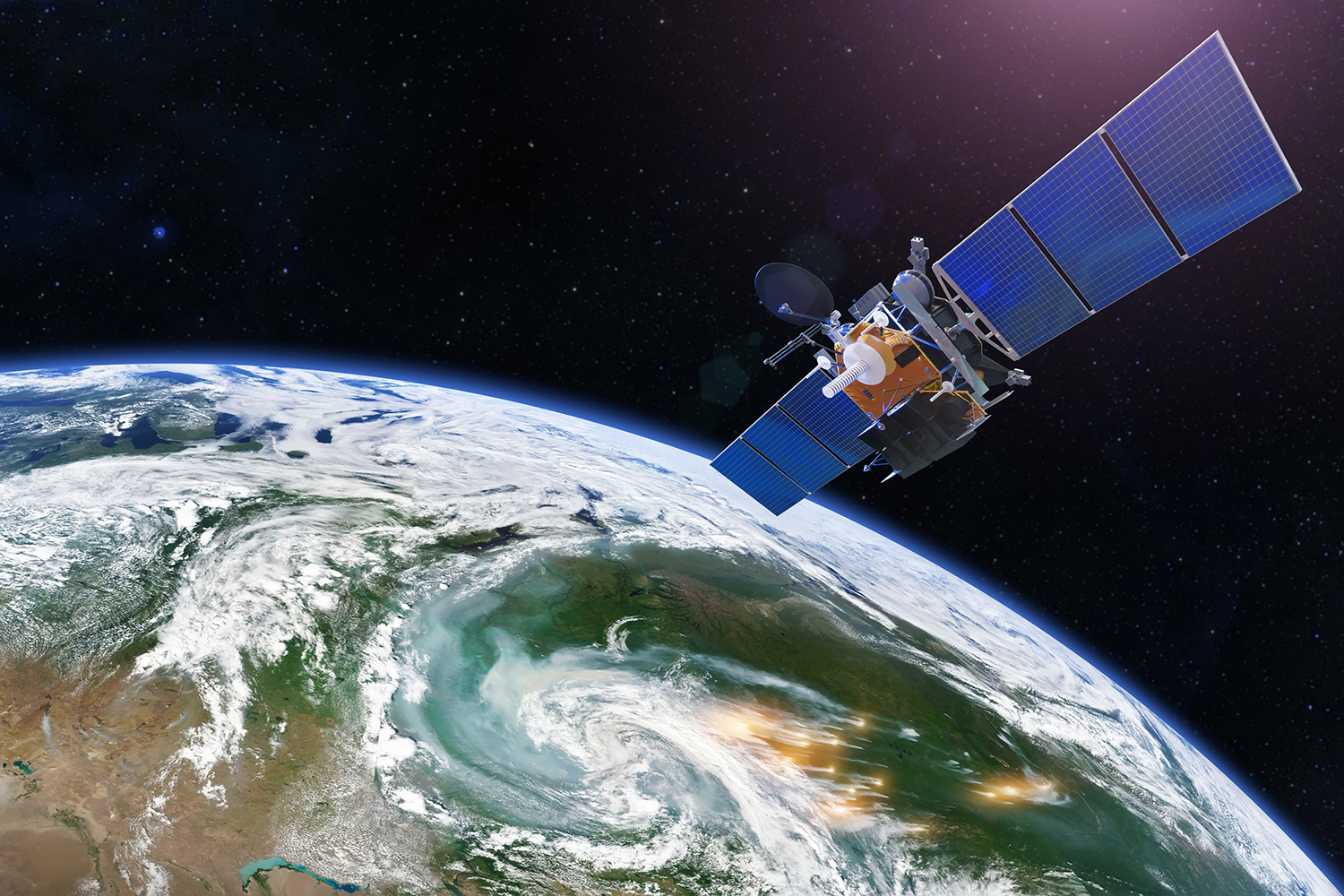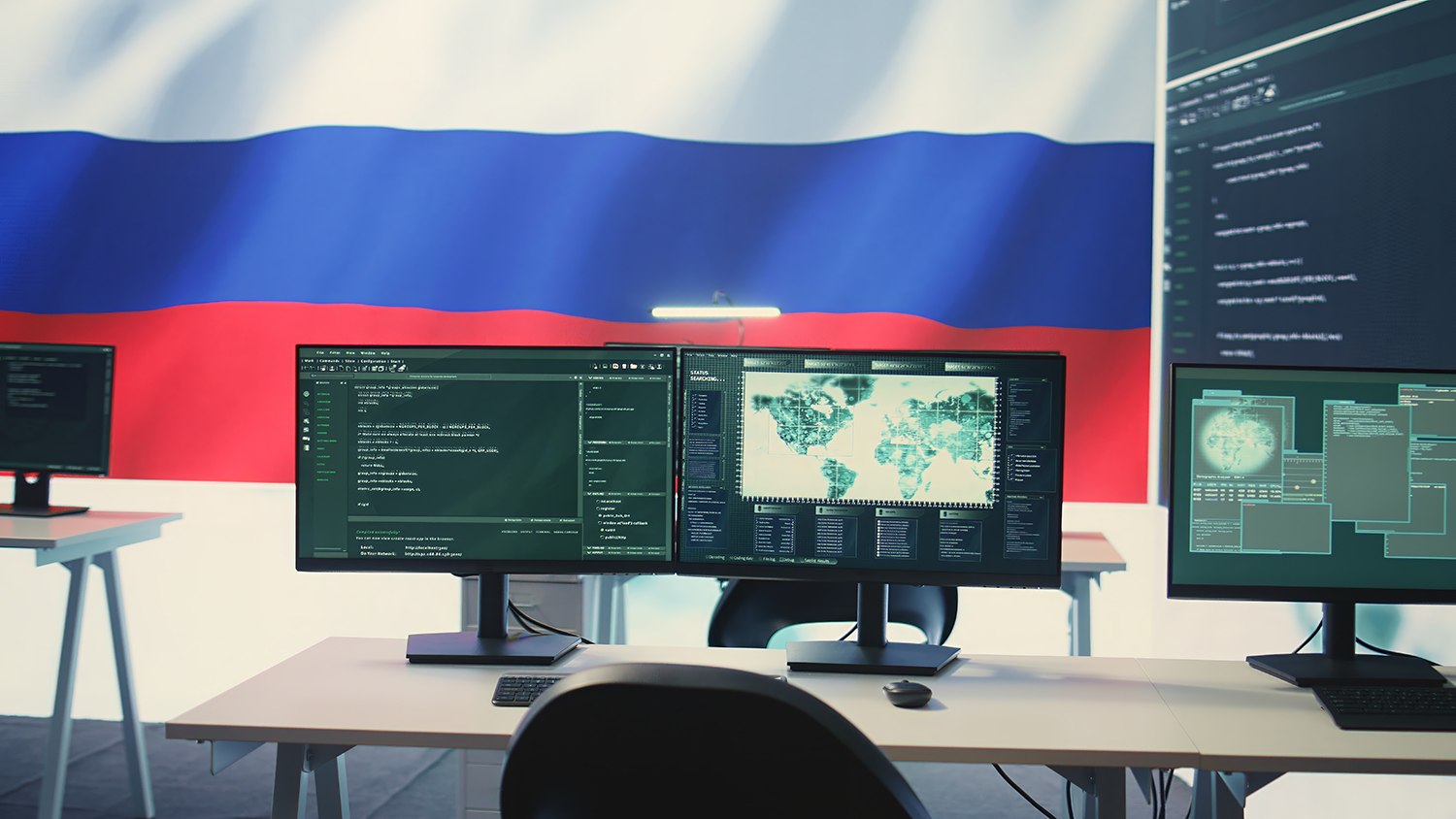Neural Networks for Nuclear Power: Russia’s AI Strategy Gains Global Attention

As countries transition to clean energy, Russia is integrating AI into nuclear power plant operations—boosting safety, cutting downtime, and creating export-ready digital solutions.
AI in the Core—Russia’s Experience
Neural networks—AI systems capable of learning from massive datasets—are transforming how nuclear plants operate. In Russia, these tools are being used for diagnostics, control, and performance optimization.
With nuclear power supplying around 20% of the country’s electricity, Rosatom is developing digital tools to make plant operations safer and more efficient. One notable example is the use of recurrent neural networks (RNNs) in intelligent core controllers for VVER-320 reactors. These controllers simulate reactor behavior using the DYNCO software platform, which models the core through 3,260 symmetric nodes and uses fuzzy logic for decision-making.
Neural networks also power predictive maintenance systems. Integrated into digital twins, they create real-time virtual models of plant systems, reducing unplanned downtime. These systems are part of Rosatom’s Unified Digital Strategy and are officially registered in Russia’s national software registry.

Other applications include optimizing fuel cycles and managing xenon oscillations, which affect local power distribution. These functions improve both safety and economic efficiency—critical in today’s competitive global energy market.
Global Use Cases and Research Trends
Worldwide, interest in AI-powered nuclear technology is growing. The International Atomic Energy Agency (IAEA) confirms that neural networks enhance diagnostics and operational management. However, it also notes that generative AI remains underutilized due to a lack of transparency in decision-making.
The U.S. Argonne National Laboratory is building nuclear reactor digital twins using AI to improve efficiency and safety. Similar projects are underway in China and India, where neural networks are used to process sensor data and detect anomalies.

Studies show neural networks excel in accident diagnostics, such as loss-of-coolant (LOCA) scenarios, and in predicting fuel cycle duration. A recent arXiv publication demonstrated 99% accuracy in forecasting reactor cycle lengths—cutting both operational risks and costs.
Export Potential and Long-Term Vision
Rosatom’s AI tools are gaining interest in countries where it is building plants—Egypt, India, and Bangladesh. These digital platforms could become part of the company’s export portfolio, offering a complete suite of nuclear infrastructure and advanced digital tools.
Yet challenges remain. Neural networks are often criticized for being “black boxes.” In a sector where transparency is vital, explainable AI models are essential. Tools like SHAP—based on game theory—are being explored to make neural network decisions more interpretable.
In the future, neural networks may drive automation in small modular reactors (SMRs), where cost and control efficiency are paramount. Russia’s experience could help shape global nuclear policy, offering both physical infrastructure and cutting-edge software.
Neural networks are already reshaping nuclear energy—making it safer, more efficient, and more sustainable. Russia’s leadership in deploying AI within VVER reactor operations points to a future where digital intelligence safeguards one of the world’s most complex energy systems.


